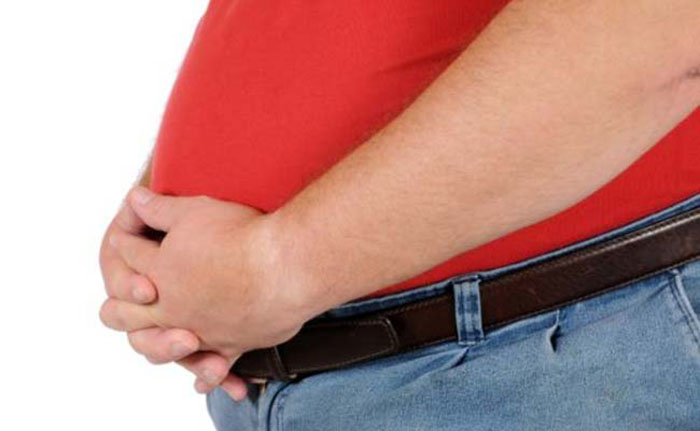Today, all of them do -- and new numbers released this week show the problem has been getting worse, not better despite many millions spent on national campaigns by the likes of public health officials, the American Heart Association, and first lady Michelle Obama to get Americans to eat better and exercise more.
Back in 2011, one state -- Mississippi -- was in the top tier of obesity with a staggering 35 percent or higher prevalence and 17 states were in the second tier with 30-33 percent.
That`s based on a definition of obesity as a body mass index or BMI of 30 or above, which is calculated by dividing weight in pounds by height in inches squared and multiplying by a conversion factor of 703. A 5-foot-9-inch man, for example, would have to be 203 pounds to be counted as obese.
By 2014, that number had grown to four states in the top tier and 19 in the second tier.
Even Colorado, long the skinniest U.S. state, surpassed the 20 percent mark, which is considered high, coming in with an obesity prevalence of 21.3 percent. That was still the lowest number of any state.
Arkansas won the title for fattest state with 35.9 percent, followed by Mississippi with 35.5 percent and West Virginia with 35.7 percent. Louisiana was close behind with a prevalence of 34.9 percent.
More about:
















































